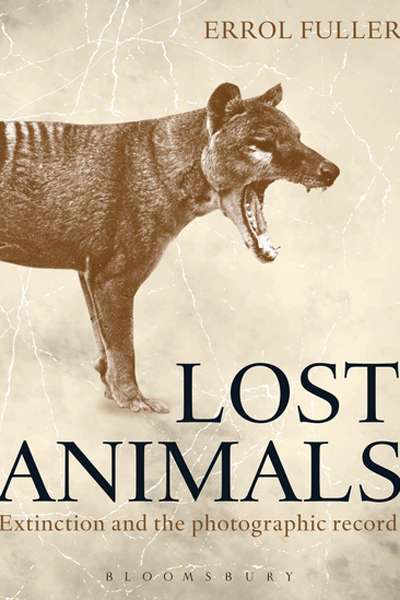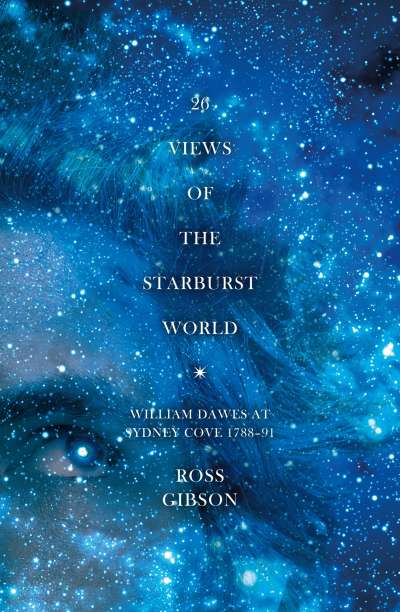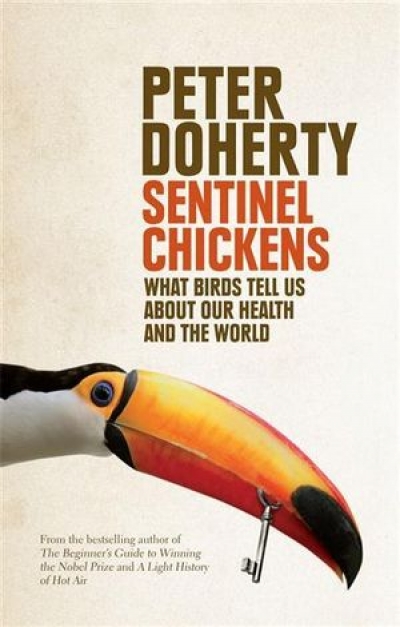Natural History
Flooded Forest and Desert Creek: Ecology and history of the River Red Gum by Matthew J. Colloff
by Ruth A. Morgan •
The Gap: The Science of What Separates Us From Other Animals by Thomas Suddendorf
by Robyn Williams •
Lost Animals: Extinction and the Photographic Record by Errol Fuller
by Peter Menkhorst •
26 Views of the Starburst World: William Dawes at Sydney Cove 1788–91 by Ross Gibson
by Andy Lloyd James •
Curious Minds: The Discoveries of Australian Naturalists by Peter Macinnis
by Peter Menkhorst •










